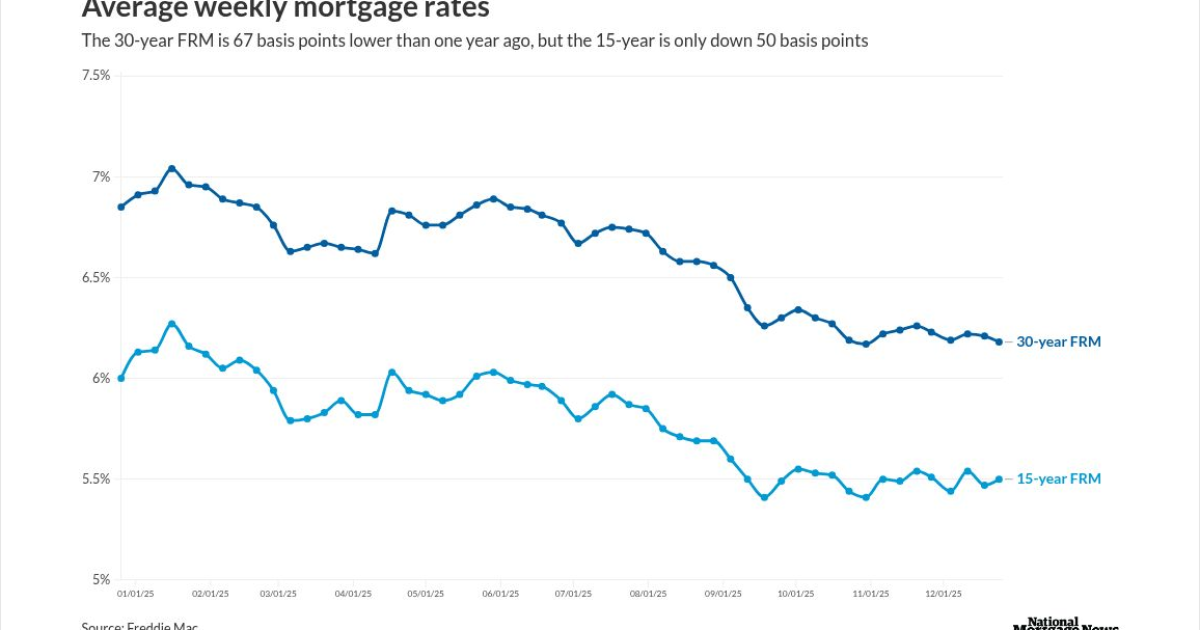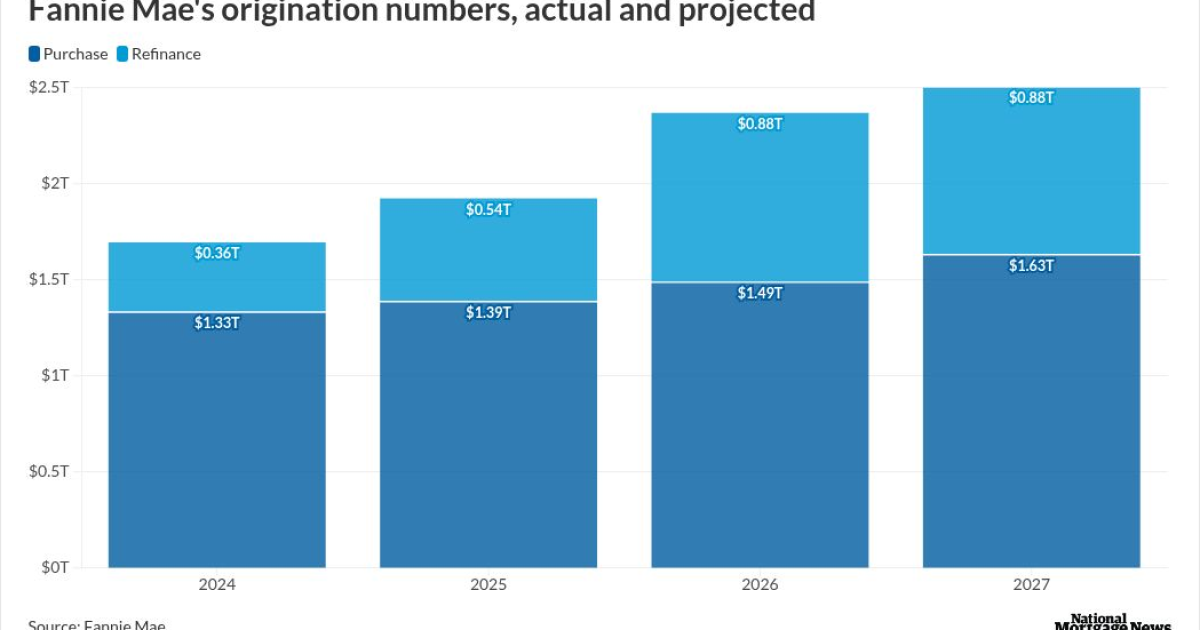
Trust is an important component of every relationship, particularly in an agreement between borrower and lender. False or misleading information may seem like a shortcut that can produce some near-term benefit, but in the long term it creates dysfunction in the system, increases risk and ultimately drives up costs for everyone.
One increasingly concerning way in which borrowers may try to "pull a fast one," sometimes even with the encouragement (explicit or implicit) of loan originators, is in misrepresenting the nature of a property for which they are applying for a mortgage. Claiming that a home will be used by the owner for rental, rather than as a primary residence, can pave the way for faster and easier approval via calculation of the debt service coverage ratio (DSCR).
This feature is intended to benefit real estate investors and owners of multiple properties by allowing access to capital based on the flow of rental income, rather than the borrower's personal salary. Tax documents, pay stubs and other information, therefore, are not required, if rental income is demonstrated. Indeed, in a period of the market cycle where traditional or jumbo originations are down, it makes sense that lenders would explore alternative products such as those including DSCR.
In our experience vetting hundreds of thousands of loans since 2008, including many focused currently on DSCR, however, we have spotted red flags which can create risk for originators or holders of loan securitizations. Our analysis suggests that it's becoming all too easy for borrowers to use a DSCR loan as a means to bypass the due diligence of a conventional loan, precisely because of the more streamlined qualification process and exemptions from the qualified mortgage and TRID (TILA/RESPA Integrated Disclosure) requirements.
Fortunately, there's an easy fix for lenders: Stricter diligence and common sense precautions. Here's what they should look out for:
● Inconsistent information: It should be easy to spot discrepancies between the loan application and all supporting documents. A review for inconsistencies in the borrower's stated employment, income, and address will turn up red flags.
● Absentee borrower: If the applicant claims not to occupy the property, evidence may suggest otherwise. This can include utility bills, insurance binders, or the address on paychecks and bank statements.
● Suspicious rental agreements: If the borrower provides a lease agreement to a family member or employee, verify if it is signed within a few days of consummation, or if the lease amount is much lower or much higher than market value.
● Borrower's history as a landlord: Reviewing tax returns for rental income or losses can illustrate whether the borrower has a track record.
● Review the value of the investment in relation to their primary residence. For example, if a single-family investment property owned by the applicant is worth $900,000 and their primary residence only $150,000, a deeper investigation of occupancy may be warranted.
● Work location: Does the borrower work in an office that is located in a separate, non-adjacent state other than that of the purported primary residence?
Borrowers getting in over their heads — with haunting echoes of 2008's Great Financial Crisis — is a trifecta of risk for them, their lenders and the overall economy, given the leveraging and commoditization of loans. A quick fee for an easy closing isn't worth the pitfalls.
We are confident the industry can continue working hard to eliminate loopholes and keep mortgages safe.



